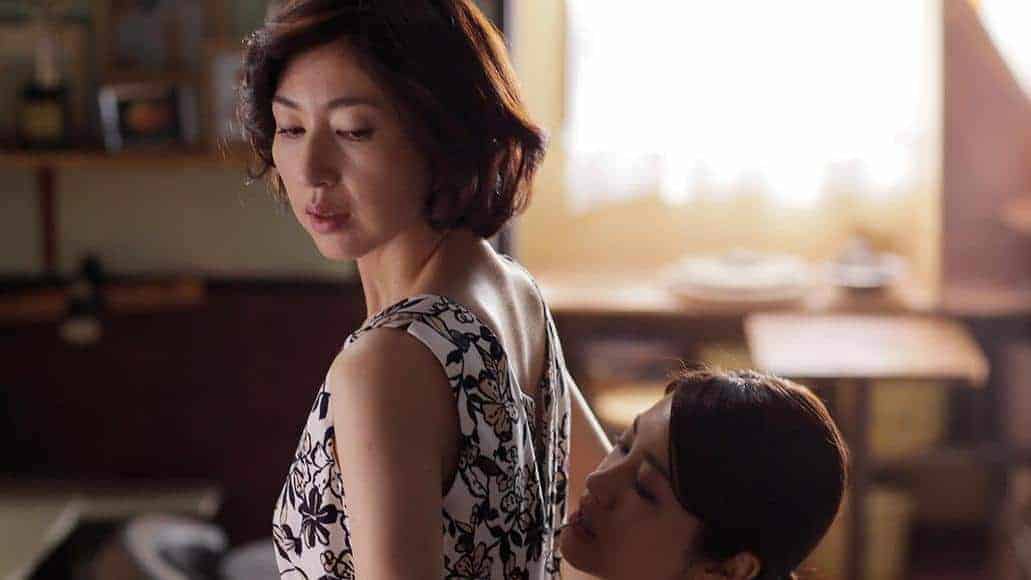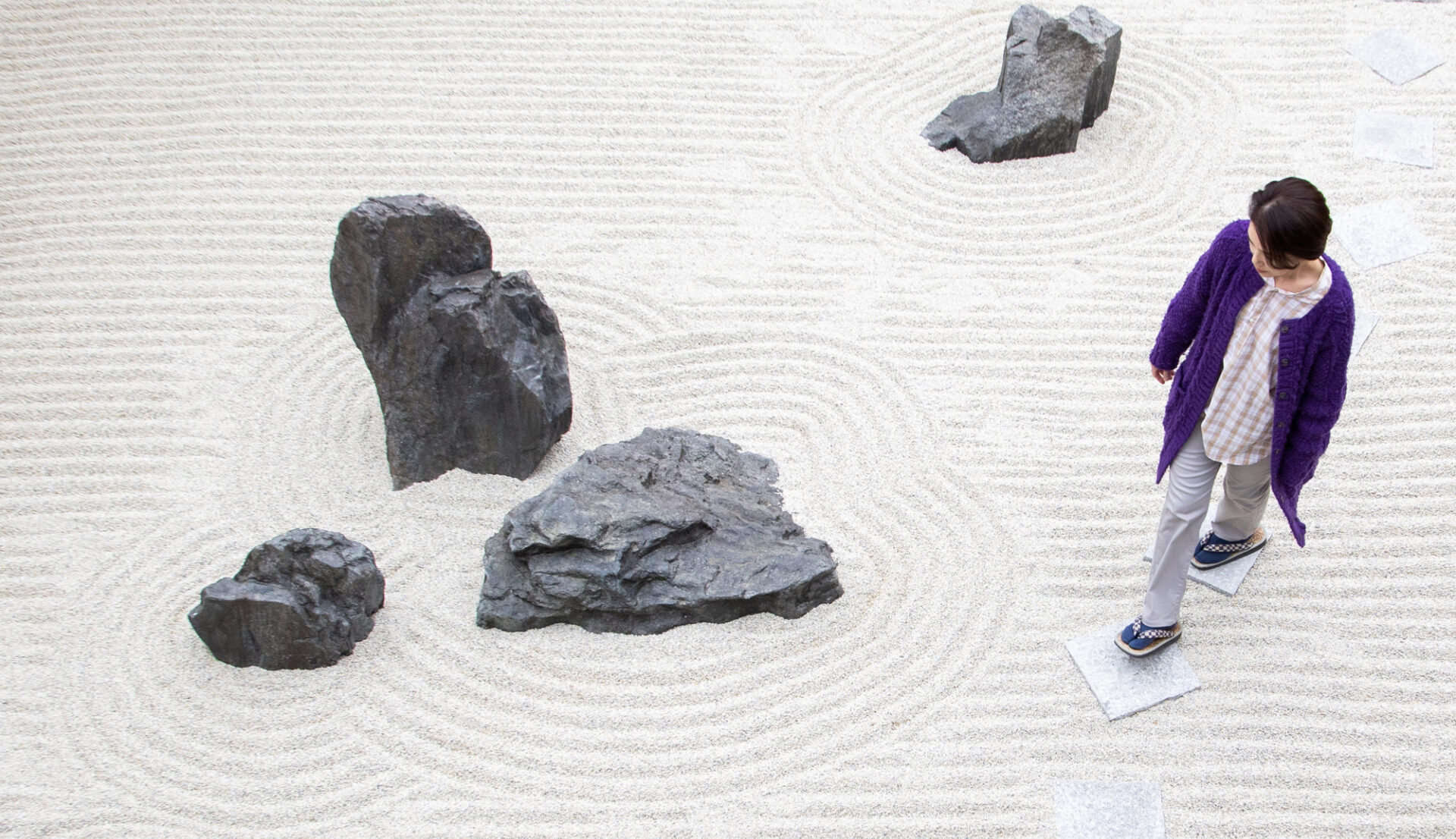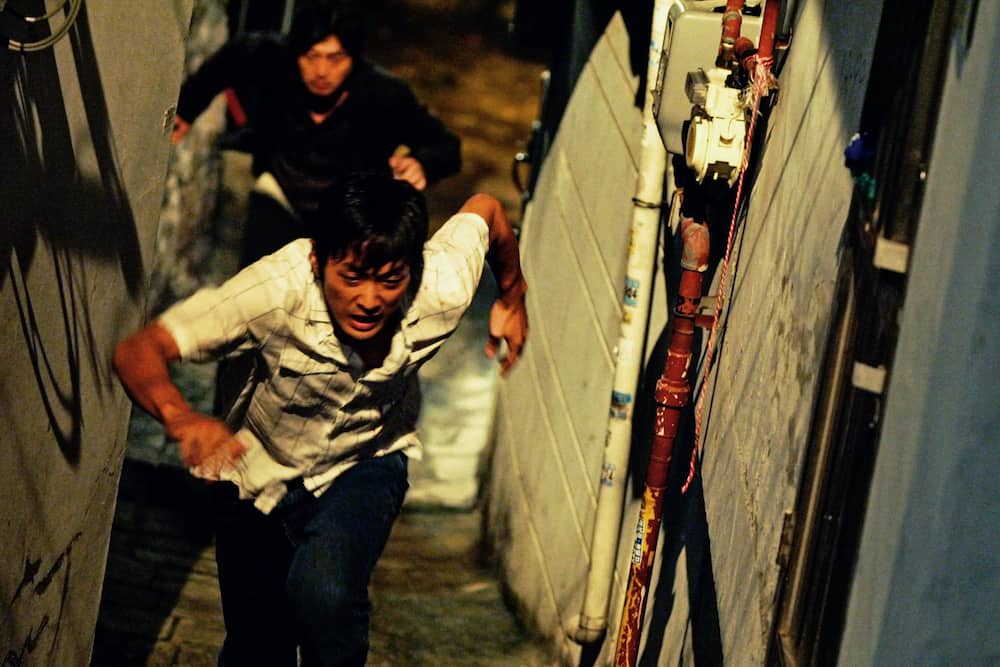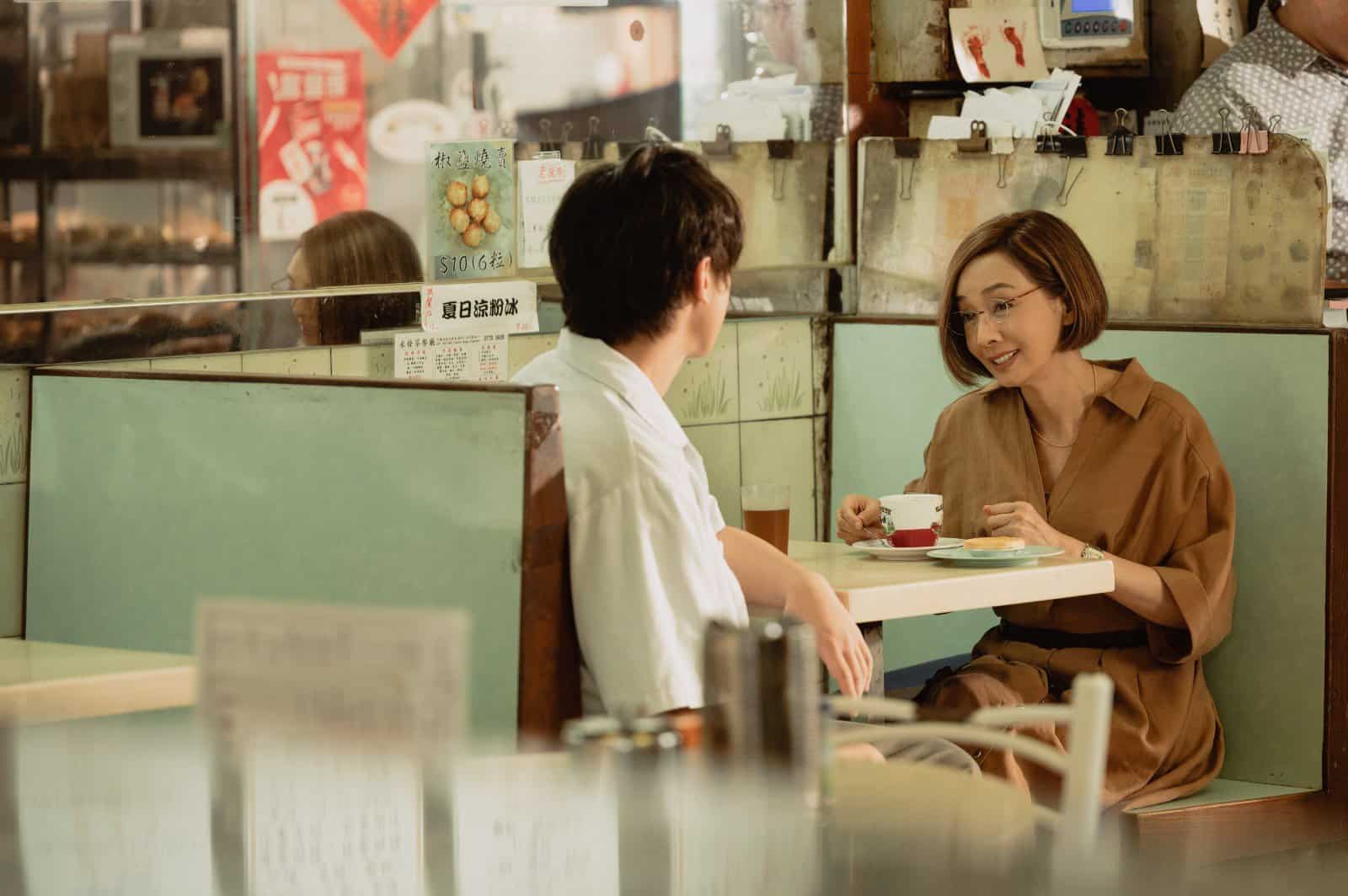Novelist Shohei Ooka would captivate readers with his anti-war novel “Fires on the Plain,” published in 1951. Inspired by his personal experiences from being drafted as a soldier, Ooka's chilling story depicts the gruesome violence and insanity that occurred during the Imperial Japanese Army's last stand in the Philippines on the island of Leyte during World War II. The award-winning book was praised for its gripping storytelling and raw examination of the horrors of war. With the success of the title, there were talks for a film adaptation for quite a while. Eventually, the nightmarish narrative would be superbly adapted for cinemas with Kon Ichikawa's “Fires on the Plain.”
Daiei Film greenlighted the project, and the studio's president, Masaichi Nagata, would produce it. Kon Ichikawa would direct, and his wife, Natto Wada, would write the screenplay. There was initial discussion to make the picture primarily an action film as action movies were becoming a growing craze in late 1950s Japanese cinema. Yet, director Ichikawa, who was very openly anti-war, wanted it to be a character-driven movie and fought to stick to the source materials' themes, atmosphere, and message. The feature was initially set to include overseas shooting. However, Daiei would face budget constraints, resulting in the movie being shot entirely in Japan. Yet, historical authenticity remained a priority during production, so much so that most of the cast, including lead actor Eiji Funakoshi, fasted and practiced poor hygiene to add a raw grittiness. Medical aid would be present during the making as this task was daunting for the actors. At one point, Funakoshi would even end up fainting on set. “Fires on the Plain” would win numerous awards but would initially receive a mixed reception due to the movie's disturbing content. However, with time, the film gained a following, and nowadays, it is hailed as a high point in Japanese filmmaking.
Set during the closing months of World War II, Tamura is an Imperial Japanese Army soldier suffering from tuberculosis. He desperately tries to survive one violent encounter after another. On top of that, things are only made worse for him by limited access to food and the mental toll the war takes on his mind. The gruesome realities set in for the lead and the other soldiers, as things become even more hopeless for the stranded men. Eventually, many suffer psychological crumble and resort to horrific atrocities, including murder and cannibalism.
In contrast to Kon Ichikawa's other big anti-war feature, “The Burmese Harp,” which gave hope for a post-war future, “Fires on the Plain” is a more psychologically driven and pessimistic look at what transpired for the Imperial Japanese Army during World War II. There is zero patriotism present here, just a brutal look at the horrors of war and the toll it can take on the human mind. It shows how far the limits of people are pushed in horrific circumstances and the dehumanization that comes as a result. Some sections of the movie even implement dark humor to emphasize the insanity the characters are falling into. Rather than being an action spectacle picture like what was initially desired by the studios, the movie is instead a critical examination of Japan's actions in the Philippines during the Second World War, including the poor treatment of soldiers, abuse of authority from the higher-ups, and war crimes. With all this, the feature follows a captivating lead character. There is a sense of sadness seeing the ongoing trials Tamura is forced to endure, yet there is also frustration and anger when he does something reckless and horrible. It is disheartening knowing that this history occurred in an otherwise beautiful place like the Philippines. Yet, the film reminds audiences that the darker realities of history need to be confronted to avoid the error of history repeating itself.
Great performances from the cast enhance the madness that unfolds. Eiji Funakoshi is terrific as Tamura, who slowly loses his sanity and humanity through horrific circumstances while still desperately trying to cling to them. Despite the feature's difficult production, Funakoshi would continue to work with Kon Ichikawa in the future, appearing in some of the director's other popular movies such as “An Actor's Revenge.” Osamu Takizawa brings a level of captivating ambiguity to the role of Yasuda, who initially comes off as cool-headed in some moments but then hot-headed in others, making the character seem untrustworthy. In one of his earliest acting roles, Mickey Curtis is unforgettable as Nagamatsu, who goes down a horrific path later in the film.
Check the review of Shinya Tsukamoto's version
Despite budgetary conflicts, Kon Ichikawa and the crew do a commendable job replicating Leyte aesthetically toward the end of World War II. Beautiful set pieces, gloomy jungles, and nightmarish landscapes give the movie an apocalyptic atmosphere and a sense of hopelessness, furthered by Setsuo Kobayashi's superb cinematography. There is a great use of lighting in many scenes done in a manner that makes the characters feel trapped in an endless battle. In conjunction with impressive historical accuracy, terrific make-up and costume design, add realism to the picture. It is also understandable why the movie shocked audiences when it came out, as it is very gory for its time. Even if it is fairly tame nowadays, the violence still has a raw grittiness. A notable example is an impressive action sequence in which Tamura and several soldiers in an attempted stealth escape get ambushed by Allied forces. In addition to the commendable production values, Yasushi Akutagawa provides an effective music score.
“Fires on the Plain” is an excellent film. The feature makes for a disturbing yet engaging viewing experience that is beautifully shot and well-acted. It is easily one of Kon Ichikawa's finest movies. Decades later, Shohei Ooka's original novel would be adapted again, this time by filmmaker and actor Shinya Tsukamoto, directing an adaptation that is very different in style from Ichikawa's version but also terrific. The two existing adaptations solidify the source material's lasting power. Furthermore, Ooka's timeless book reminds the world of the horrific realities of war.
















